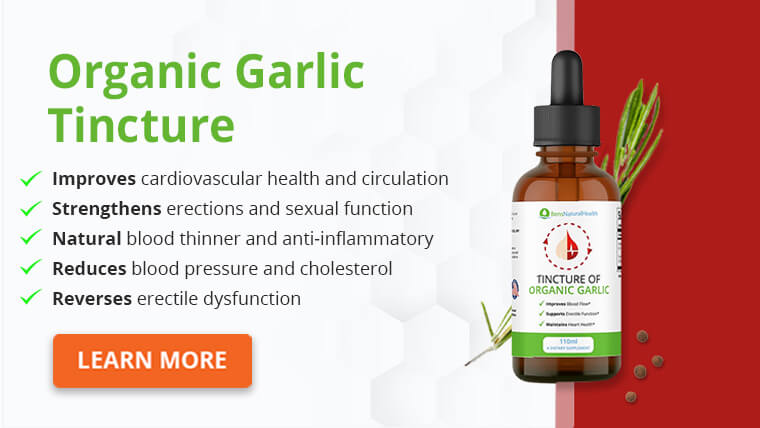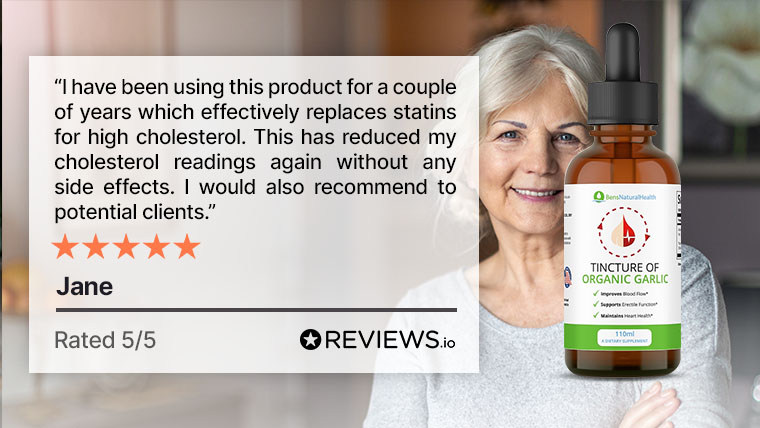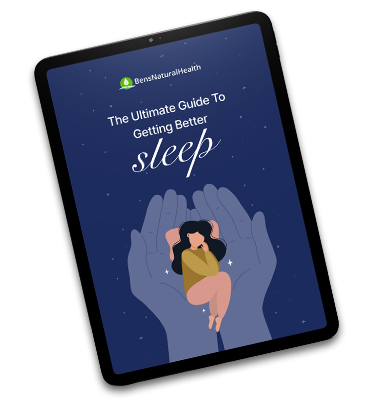Cholestyramine, also known by its trade name Questran, is a medication primarily used to lower cholesterol levels in the blood.
It belongs to a class of drugs called bile acid sequestrants or resins.
Cholestyramine works by binding to bile acids in the intestine, which are necessary for the digestion and absorption of dietary fats.
By binding to bile acids, cholestyramine prevents their reabsorption and promotes their elimination through the feces.
This process ultimately leads to the liver using more cholesterol to produce new bile acids, which in turn reduces the overall cholesterol levels in the bloodstream.
Cholestyramine is often prescribed to people with high cholesterol levels, particularly those who have not achieved sufficient cholesterol reduction through dietary changes alone.
It can help manage conditions like hypercholesterolemia and familial hypercholesterolemia.
Just as the body’s systems are interconnected, so too is the relationship between cholestyramine and the foods we consume.
The effectiveness of this medication can be influenced by the foods we eat, highlighting the importance of conscious dietary choices.
While cholestyramine plays a vital role in managing health concerns, certain foods have the potential to interact with the medication, either enhancing or diminishing its effects.
Keep reading to learn what foods to avoid when taking cholestyramine.
4 Foods To Avoid When Taking Cholestyramine
When taking cholestyramine or any other bile acid sequestrants, there are certain dietary considerations to keep in mind to maximize the effectiveness of the medication and to prevent potential interactions.
Here are some general guidelines on foods to avoid when taking Cholestyramine (Questran):
1) High-Fat Foods
Cholestyramine is primarily prescribed to lower cholesterol levels, making it essential to avoid high-fat foods that can counteract its benefits.
Fried foods, fatty cuts of meat, buttery pastries, and processed snacks often contain unhealthy saturated and trans fats can contribute to elevated cholesterol levels.
These foods can undermine the medication’s efforts to reduce cholesterol in your bloodstream. Furthermore, high-fat foods can also reduce the absorption of this medication, making it less effective.
2) Dairy Products
Dairy is a valuable source of calcium and other nutrients, but consuming dairy products too close to taking cholestyramine can interfere with its action.
The medication binds to bile acids, and the interaction with dairy can prevent proper bile acid sequestration.
To avoid this interference, consider spacing out your dairy consumption from your cholestyramine dose by a few hours.
3) High-Fiber Foods
Cholestyramine and high-fiber foods have similar roles in promoting healthy digestion, but consuming them simultaneously can lessen the medication’s effectiveness.
High-fiber foods like whole grains, beans, and certain fruits might impede the medication’s ability to bind to bile acids.
However, this doesn’t mean you should avoid fiber altogether. Just try to space out your intake of high-fiber foods from your cholestyramine dose to ensure both work optimally.
4) Grapefruit
Grapefruit and its juice contain compounds that can interfere with the enzymes responsible for metabolizing cholestyramine.
This interference can affect the medication’s absorption and action in your body. It’s advisable to avoid consuming grapefruit or its products while you’re on cholestyramine to prevent potential interactions.

5 Foods to Eat While on Cholestyramine
When taking cholestyramine or any other cholesterol-lowering medication, it’s important to focus on a heart-healthy diet that supports your overall cardiovascular health.
While there are foods to avoid, there are also foods that can enhance the benefits of cholestyramine and support your overall health:
1) Lean Proteins
Incorporating lean sources of protein into your diet can help you maintain muscle mass while avoiding the pitfalls of high-fat meats.
The following foods are excellent choices that provide essential amino acids without contributing to elevated cholesterol levels:
- Skinless poultry
- Fish
- Tofu
- Legumes
2) Fruits and Vegetables
Colorful fruits and vegetables are rich in vitamins, minerals, antioxidants, and dietary fiber. These nutrients promote heart health, boost your immune system, and contribute to overall well-being.
These foods are naturally low in fat and calories, making them a fantastic addition to your cholestyramine-friendly diet.
3) Whole Grains
Choose whole grains over refined grains to maintain a balanced diet while supporting the effectiveness of cholestyramine.
Whole grains provide dietary fiber and nutrients without hindering the medication’s action.
- Brown rice
- Quinoa
- Whole wheat pasta
- Oats
4) Healthy Fats
While limiting your fat intake is important, consuming healthy fats in moderation can provide essential fatty acids that support heart health.
Avocados, nuts, seeds, and olive oil are sources of healthy fats that can be included in your diet without negatively affecting cholestyramine’s benefits.
5) Hydration
Staying well-hydrated is particularly important when taking cholestyramine. Adequate fluid intake helps prevent constipation, a common side effect of the medication.
Opt for water, herbal teas, and other non-caffeinated beverages to ensure you’re staying hydrated throughout the day.
| Foods to eat | Foods to avoid |
| Lean protein | Fatty foods |
| Fruits and veggies | Dairy |
| Whole grains | High-fiber foods |
| Healthy fats | Grapefruit |
Other Interactions with Cholestyramine (Questran)
Cholestyramine can interact with various other substances, including medications, supplements, and certain foods.
Here are some notable interactions to be aware of:
Medications That Interact With Cholestyramine
Some medications that may interact with cholestyramine include:
- Warfarin: Cholestyramine can interfere with the absorption of vitamin K, which can affect the effectiveness of warfarin, a blood-thinning medication.
- Thyroid Medications: Cholestyramine may reduce the absorption of thyroid medications (levothyroxine), potentially leading to inadequate thyroid hormone levels.
- Certain Diuretics: Thiazide diuretics and loop diuretics can reduce potassium levels in the blood. Cholestyramine can further lower potassium levels, potentially leading to electrolyte imbalances.
Gastrointestinal Disorders
In certain gastrointestinal disorders, such as Crohn’s disease or other conditions affecting nutrient absorption, patients may experience worsened symptoms due to the binding action of cholestyramine.
Certain Vitamins
Cholestyramine can impact the absorption of fat-soluble vitamins like A, D, E, and K. These vitamins are crucial for various bodily functions, including bone health, vision, and blood clotting.
To ensure you receive the full benefits of these vitamins, take supplements containing them at least four hours before or after your cholestyramine dose.
Mineral Supplements
Minerals like calcium and magnesium play vital roles in maintaining bone health and various bodily functions.
However, these minerals can also interact with cholestyramine. To ensure proper absorption of both the medication and essential minerals, consider taking mineral supplements several hours before or after your cholestyramine dose.
Sign Up For Our Newsletter!
- Receive 10% off our best-selling supplements
- Get Your FREE Sleep Guide
- Be the first to hear about sales and promotions
- Stay up to date on our latest health news
Should Cholestyramine Be Taken with Food?
Cholestyramine is usually taken with meals or shortly after meals. This is because the medication works by binding to bile acids, which are produced in response to the digestion of dietary fats.
When taken with food, cholestyramine can effectively bind to the bile acids in the digestive tract, helping to lower cholesterol levels by preventing their reabsorption.
Taking cholestyramine with meals has a couple of benefits:
- Enhanced Effectiveness: By taking cholestyramine with food, you ensure that it interacts with bile acids produced during digestion, optimizing its cholesterol-lowering effect.
- Minimized Gastrointestinal Discomfort: Cholestyramine can cause gastrointestinal side effects, such as bloating, gas, and constipation. Taking it with food can help reduce the likelihood of these side effects.
However, it’s important to follow your healthcare provider’s instructions regarding the timing and administration of cholestyramine.
They might have specific recommendations based on your medical condition and the overall treatment plan.
Ben’s Organic Garlic Tincture
Ben’s Organic Garlic Tincture is a powerful natural antiviral and antibacterial compound designed to lower blood pressure and cholesterol, improve blood flow, and improve heart health.
Multiple studies have found that garlic consumption can reduce high cholesterol. For example, a review of 8 meta-analyses found that garlic reduced total cholesterol levels by 7.4 – 29.8 mg/dL.
Additionally, a critical review found that increased garlic consumption reduced the risk of cardiovascular disease.

Conclusion
Successfully managing your health with cholestyramine involves not only taking the medication as prescribed but also being vigilant about your diet and potential interactions.
This article discussed foods to eat and avoid when taking Cholestyramine (Questran).
By avoiding foods that can counteract its benefits, opting for nutrient-dense alternatives, and following your healthcare provider’s recommendations, you can effectively support your treatment journey and overall well-being.
Remember, your healthcare provider is your ultimate resource for guidance on your medication and dietary choices.
Explore More








